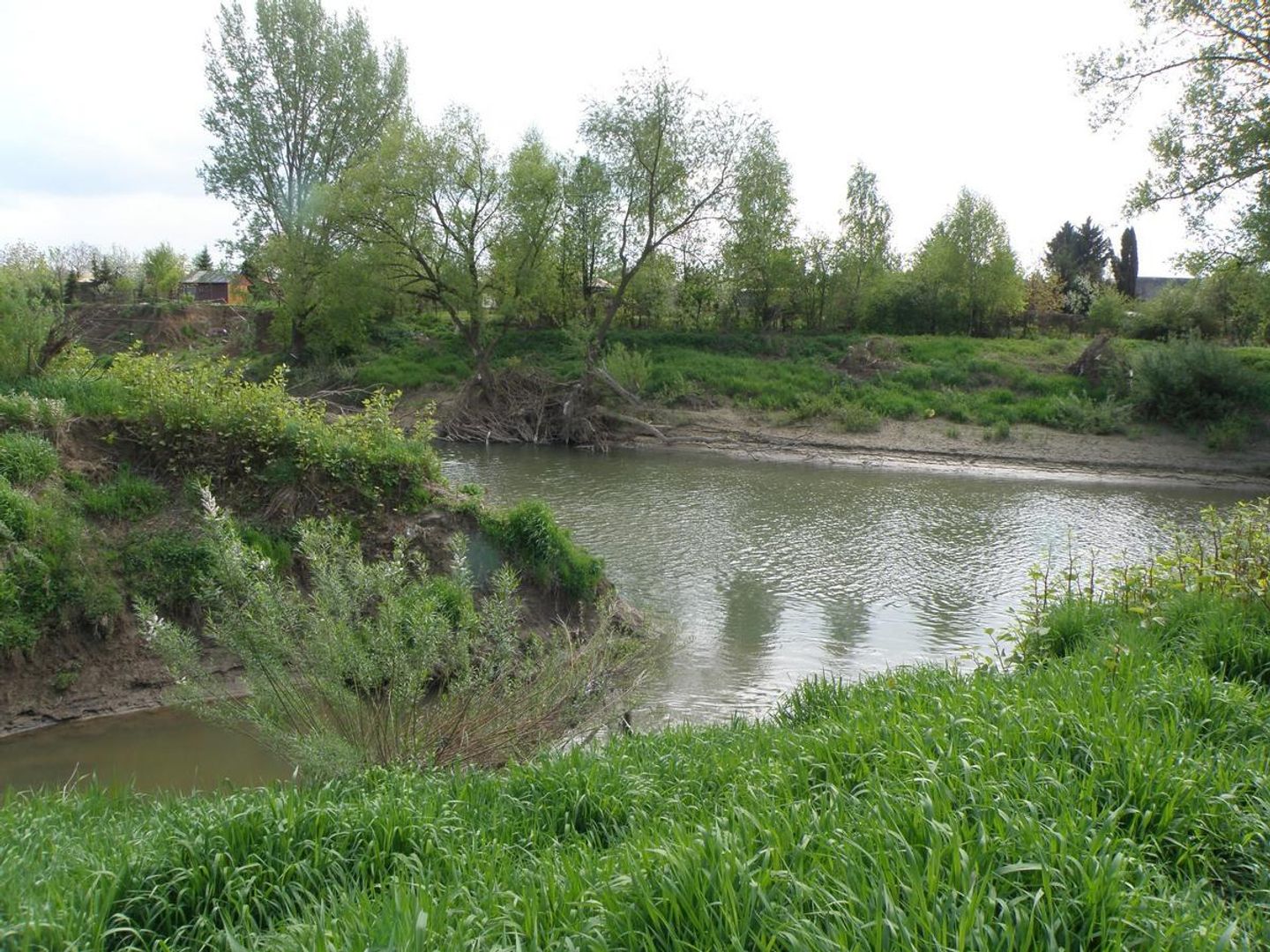Watok
6.1

Overview
The Wątok stream, located in the Lesser Poland Voivodeship, flows through the municipalities of Ryglice and Skrzyszów, as well as the city of Tarnów, serving as a right-bank tributary of the Biała River. Its sources are situated at an altitude of 321 meters above sea level in Zalasowa. Historically known by various names such as Polna or Skrzyszowska River, the stream holds both ecological and historical significance. The upper course of Wątok runs through agricultural areas, where surface runoff affects water quality. Regulated in the centers of Skrzyszów and Tarnów, the stream has undergone significant transformations, including the construction of boulevards and reinforcement of its channel in the 1920s. Historically, part of its waters in Tarnów were diverted through another channel known as Młynówka, which was filled in during the 1930s due to pollution. The final section of Wątok, excavated during World War II, was shortened by 1,170 meters. The stream's catchment area covers 84.94 km², characterized by low water retention and a dominance of left-bank tributaries such as Łękawka, Strusinka, and Małochlebówka. Ecological indicators of Wątok's waters show that their quality is below the good standard, and its bottom sediments are moderately polluted. The stream's history reflects its influence on the development of Tarnów and its architecture, while current ecological issues pose challenges for environmental protection. Wątok also plays a role in the regional economy and is an important element of local culture, highlighting the connection between people and nature.
Location
Tickets
Powered by GetYourGuide
2025 Wizytor | All Rights Reserved